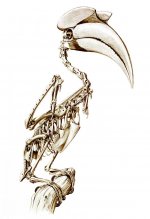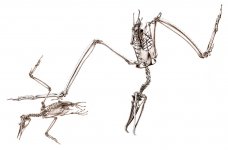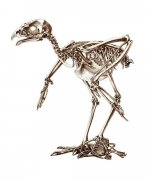unfeathered bird
Member
Hello again Bird Forum!
Sorry I left you for so long. The last few months finishing The Unfeathered Bird were too gruelling even to get pleasurably sidetracked, and since then I've been too busy chewing my fingernails to the bone through the production process. Anyway, not long to go now - it'll be out in November. Please do spread the word. There are still a lot of people out there who think anatomy is distasteful, gothic or downright weird. Let's prove 'em wrong, eh?
And if there's anyone out there who could help by putting up a poster in their museum or college, please get in touch - thanks!
Greetings to all,
Katrina
Sorry I left you for so long. The last few months finishing The Unfeathered Bird were too gruelling even to get pleasurably sidetracked, and since then I've been too busy chewing my fingernails to the bone through the production process. Anyway, not long to go now - it'll be out in November. Please do spread the word. There are still a lot of people out there who think anatomy is distasteful, gothic or downright weird. Let's prove 'em wrong, eh?
And if there's anyone out there who could help by putting up a poster in their museum or college, please get in touch - thanks!
Greetings to all,
Katrina






